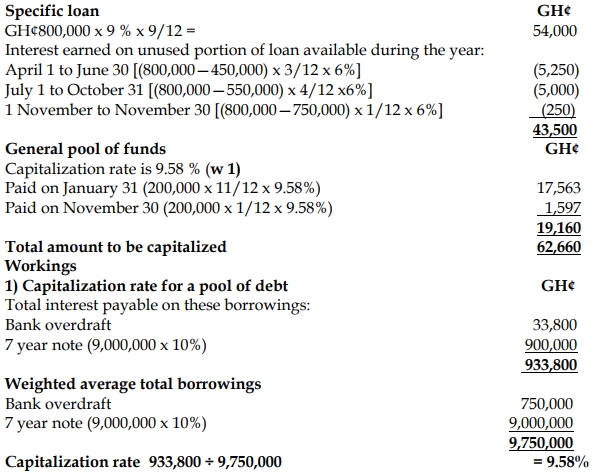- 3 Marks
Question
IAS 20: Accounting for Government Grants and Disclosure of Government Assistance sets out the requirements for recognizing as income any grants received from government agencies, together with any repayments of such grants.
Required:
Detail the requirements of IAS 20 with respect to government grants to aid capital expenditure. (3 marks)
Answer
IAS 20 provides two methods for accounting for government grants relating to capital expenditure:
- Reduction of Carrying Amount of the Asset:
Under this method, the grant is deducted from the carrying amount of the asset on the balance sheet. The asset is then depreciated based on the net amount after deducting the grant. This method reduces the depreciation expense over the life of the asset and ultimately reduces profit in each reporting period. - Deferred Income Approach:
Alternatively, the grant may be credited to a deferred income account on the balance sheet. The deferred income is then amortized to the profit or loss over the useful life of the related asset, typically in line with the depreciation of the asset. This method recognizes the benefit of the grant over time in a systematic manner.
Key requirements for government grants relating to capital expenditure:
- The grant should be recognized in profit or loss over the periods in which the asset is depreciated.
- It should not be recognized as income immediately, but rather in a manner that matches the grant’s benefit with the expense of the related asset over time.
- Tags: Capital Expenditure, Government Grants, IAS 20
- Level: Level 3
- Uploader: Joseph

